Millets can provide nutritional security against deficiencies, especially in children and women, says Sreejith Moolayil, co-founder and COO, True Elements.
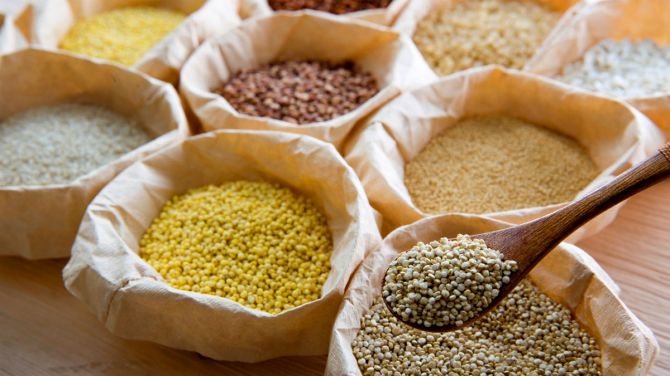
Although millets have been around for centuries, very few of us have known about its significance and health benefits.
In a Webinar held on February 24, 2022, to discuss the positive impact of Union Budget 2022-23 on the agriculture sector, Prime Minister Narendra Modi mentioned that 2023 has been 'recognised as the International Year of Millets'.
So, what exactly are millets? And what makes them the new international superfood?
Millets are small cereal grains that are high in fibre, protein, calcium, antioxidants and are naturally gluten-free.
Owing to their small size and hardness, they are resistant to extreme conditions like drought and pesticides.
Their structure enables them to be organically cultivated with less usage of water. Both these factors make them exceptionally good for us humans as well as the planet.
Benefits of millets
Millets have a low glycemic index, and thus they can help with health conditions like obesity, and diabetes.
Millets are nutritionally better than wheat and rice due to the increased levels of protein, crude fibre, and minerals such as iron, and phosphorus which can provide nutritional security against deficiencies, especially in children and women.
Regular intake of cereal grains like millets can effectively combat anaemia (iron deficiency), B-complex vitamin deficiency, and pellagra (niacin deficiency).
Here are 10 healthy millets you can add to your diet:
1. Foxtail Millet
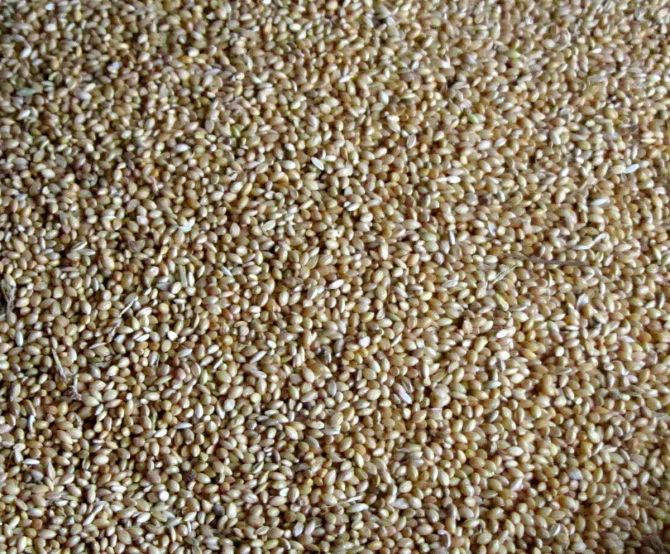
Foxtail Millet, also known as kangni in Hindi, are usually found in Andhra Pradesh, Karnataka, Telangana, Rajasthan, Maharashtra, Tamil Nadu, Madhya Pradesh and Uttar Pradesh.
Health benefits
They can help lower blood sugar levels thus aiding in diabetes management. Foxtail millets are rich in calcium and iron, which helps strengthen bones and muscles.
How to consume: Millet upma, Foxtail Millet pulao.
2. Finger Millet
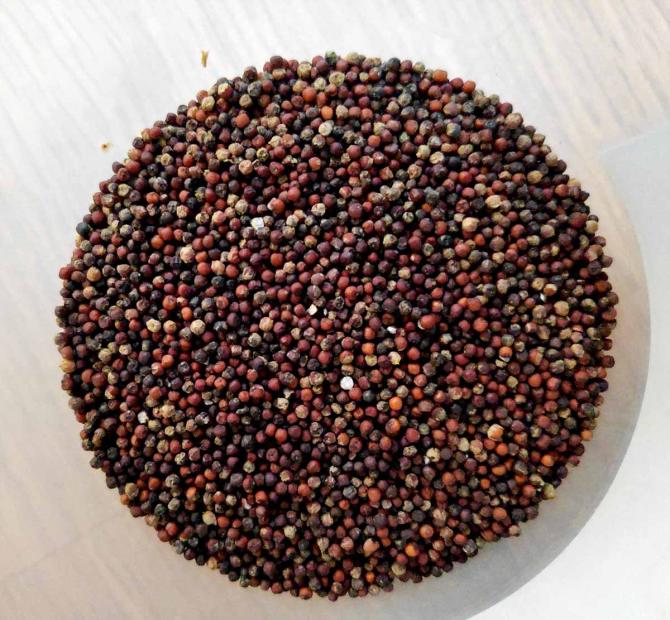
Also known as nachni and ragi, finger millets are quite popular in Karnataka, Maharashtra, Uttarakhand, Tamil Nadu, Andhra Pradesh, Jharkhand, Odisha, Chhattisgarh and Gujarat.
Health benefits
It is rich in Vitamin E which keeps the skin healthy. Being rich in protein, it also facilitates better health of hair.
How to consume: Dessert mix (made with ragi), ragi and jowar dosa.
3. Pearl Millet
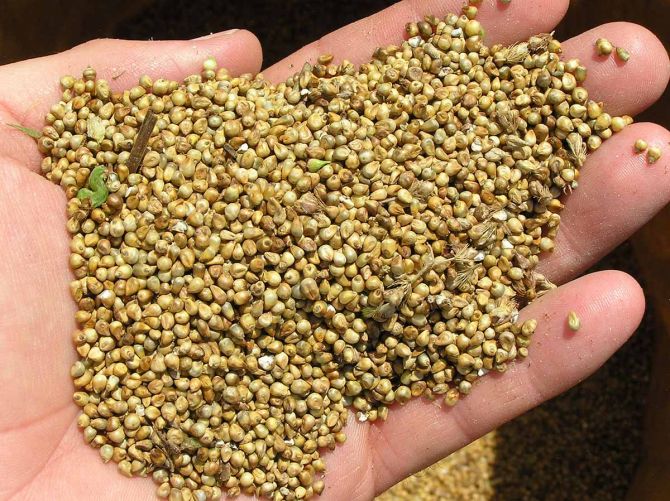
Popularly known as bajra, pearl millets are consumed in Rajasthan, Maharashtra, Haryana, Uttar Pradesh and Gujarat.
Health benefits
Being rich in iron, pearl millets are ideal for kids and women who suffer from anaemia or iron deficiency.
It is also known for maintaining nail health.
How to consume: Multigrain dalia, bajra flakes with honey and bajra roti.
4. Sorghum
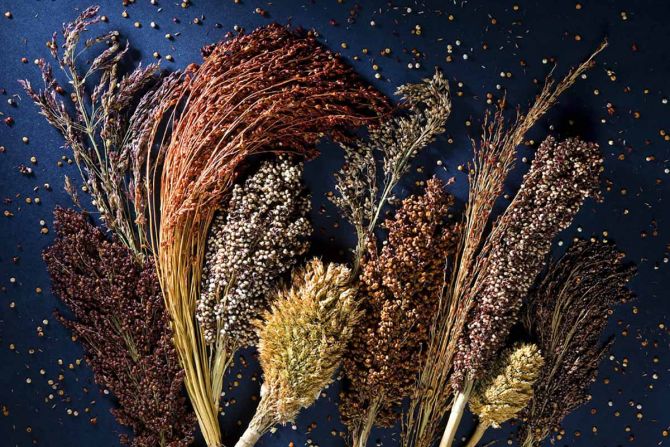
Sorghum, commonly known as jowar, is popularly consumed in Maharashtra, Karnataka, Andhra Pradesh, Madhya Pradesh, Gujarat, Rajasthan, Uttar Pradesh (the Bundelkhand region) and Tamil Nadu.
Health benefits
Jowar is blessed with copper, magnesium, and calcium which keeps the bones and tissues strong adding to better immunity.
It keeps the heart healthy by lowering LDL (bad cholesterol) and reduces the chances of a stroke.
How to consume: Multigrain dosa, jowar flakes with honey and almond or jowar khichdi.
5. Little Millet
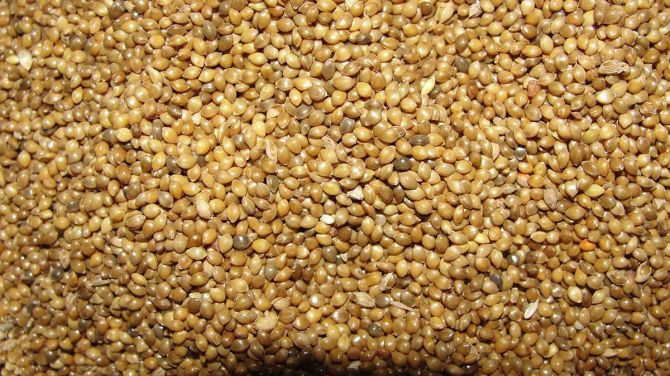
Little Millet, also called samai in Hindi, is consumed in Madhya Pradesh, Orissa, Jharkhand and Uttar Pradesh.
Health benefits
Its potent antioxidants are useful in protecting you against diabetes, cancer, cataract and gastrointestinal problems.
How to consume: Millet dosa, little millet khichdi, little millet upma.
6. Kodo Millet
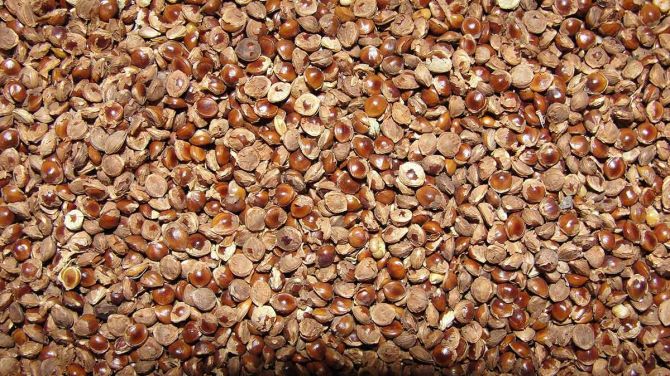
Also known as kodra in Hindi, Kodo millet is grown in Madhya Pradesh, Chhattisgarh, Maharashtra, Tamil Nadu and Karnataka
Health benefits
Kodo does wonders to post-menopausal women who suffer from high cholesterol or blood pressure levels.
Being rich in fibre, it is also good for the gut.
How to consume: Mysore millet dosa, Kodo millet kheer.
7. Proso Millet
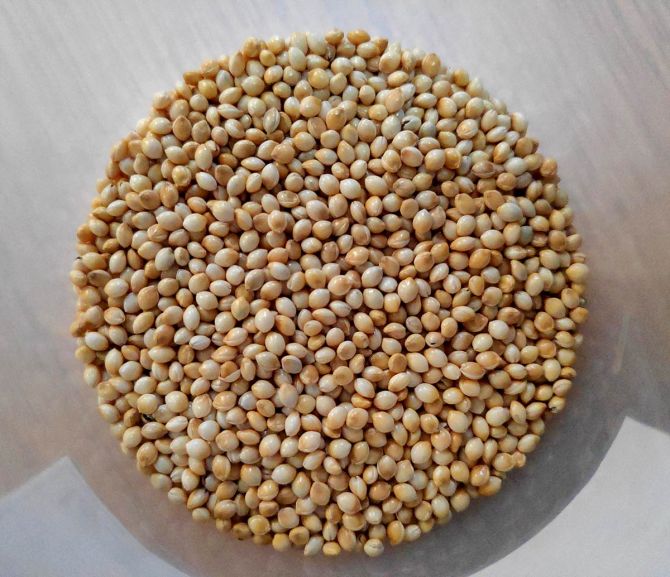
Known as chena in Hindi, proso millet is more popular in southern India -- Tamil Nadu, Karnataka and Andhra Pradesh. People in Uttarakhand are also aware of the benefits of proso millets.
Health benefits
It helps stimulate the nervous system and maintain its smooth functioning.
It also has anti-aging properties, hence regular consumption can also help delay ageing.
How to consume: Proso millet idli, Proso millet shake.
8. Amaranth
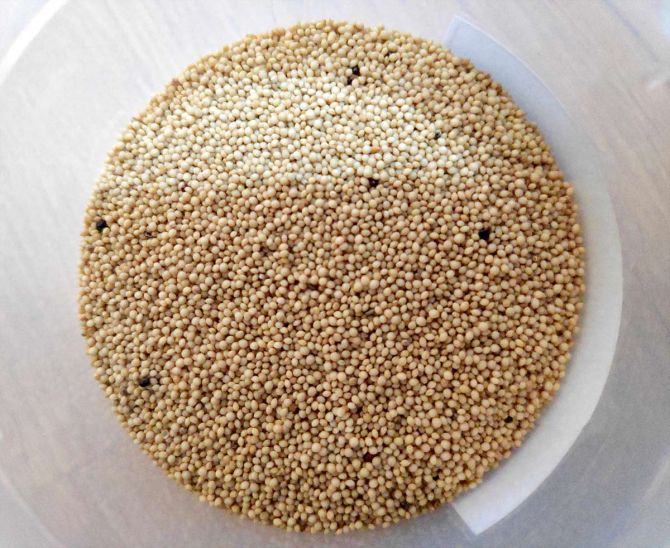
Amaranth, known as rajgira in Hindi is very popular in Kerala, Tamil Nadu, Karnataka, Maharashtra, Andhra Pradesh and Telangana.
Health benefits
It aids in digestion, helps lower cholesterol (LDL) and is a good source of calcium.
How to consume: Rajgira laddoo, multigrain oatmeal.
9. Barnyard Millet
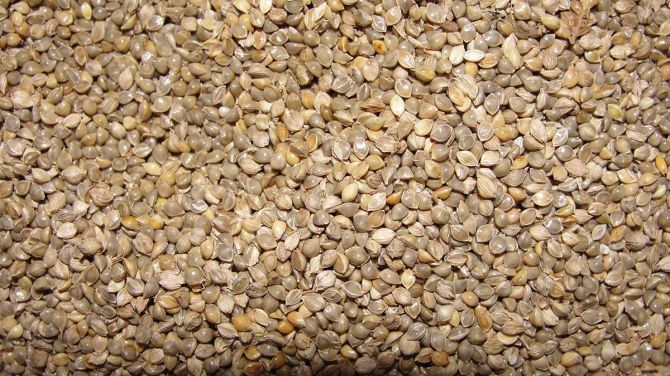
Known as sanwa in Hindi, barnyard millets are regularly consumed in Tamil Nadu, Andhra Pradesh, Karnataka and Uttarakhand regions of India.
Health benefits
It is ideal for those on a weight loss diet since it is low in calories, while also being high in iron and aiding to those with anaemia.
How to consume: Barnyard millet pudding, barnyard millet patties.
10. Browntop Millet
Identified as hari kangni in Hindi, browntop millets are rare and selectively found in Andhra Pradesh and Karnataka.
Health benefits
It is low in calories which makes it a healthy addition to your daily diet but most importantly, it is known to detoxify the body.
How to consume: Kangni halwa, kangni roti.
A few points to remember when cooking/consuming millets:
Some millets may heat the body while some others may cool the body. Please be aware of the weather before consuming your millets.
Millets take a little longer to cook. Also, different millets might have different cooking methods.
If you are not aware of how to cook these millet meals or do not have the enough time to experiment, consider purchasing millet grits (wholegrains cracked into smaller pieces for easy consumption), millet flour or millet flakes instead.
If you would like to start having millets in your diet, besides regular grains like wheat or rice, please consult a doctor in case of any underlying health conditions.
Today's market is full of convenient and quick-to-cook foods that are heavily infused with preservatives, chemicals and synthetic flavours that are detrimental to physical and mental health in the long term. It's about time we get back to our roots and start consuming healthy, nutritious millets like we used to.
A sudden dietary shift from the urban refined foods to pure millet based foods may be tough, but not impossible.

Disclaimer: All content and media herein is written and published online for informational purposes only. It is not a substitute for professional medical advice. It should not be relied on as your only source for advice.
Please always seek the guidance of your doctor or a qualified health professional with any questions you may have regarding your health or a medical condition. Do not ever disregard the advice of a medical professional, or delay in seeking it because of something you have read herein.
If you believe you may have a medical or mental health emergency, please call your doctor, go to the nearest hospital, or call emergency services or emergency helplines immediately. If you choose to rely on any information provided herein, you do so solely at your own risk.
Opinions expressed herein cannot necessarily provide advice to fit the exact specifics of the issues of the person requesting advice.










